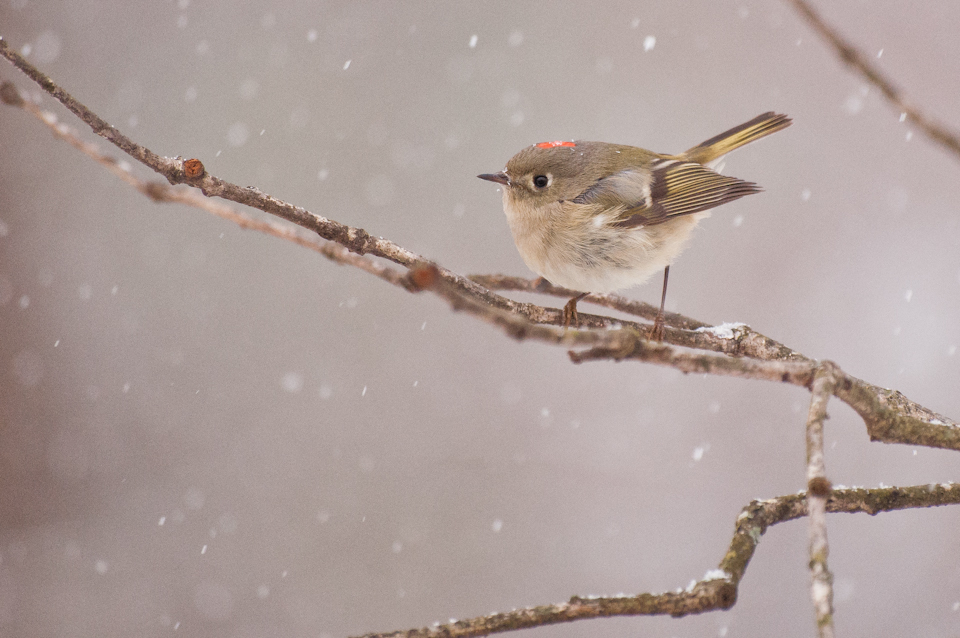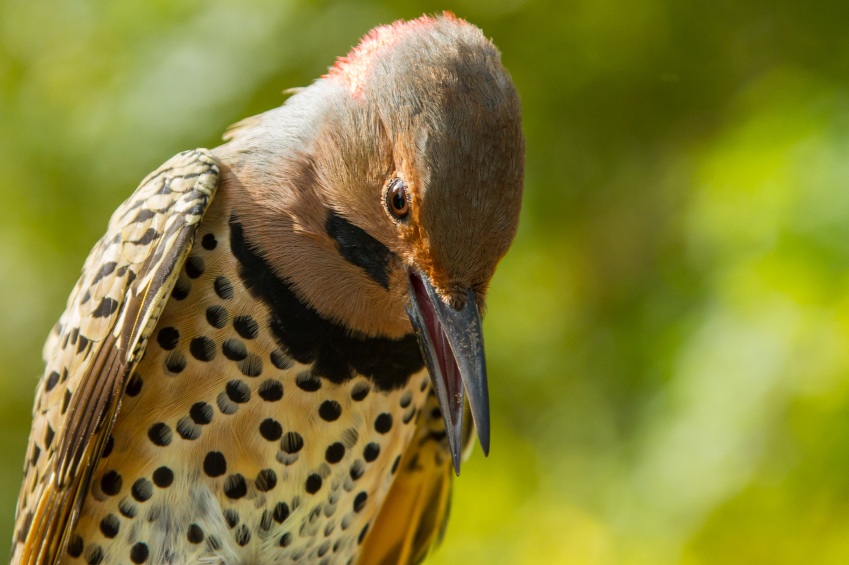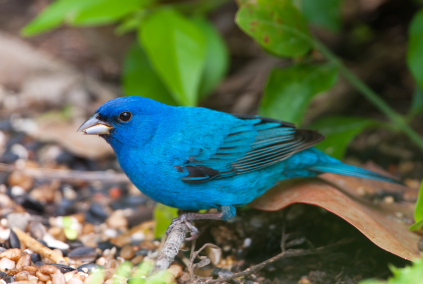If you’ve ever been lucky enough to see a Pileated Woodpecker in the wild, chances are you remember it as an amazing sight. It’s considered one of the most beautiful of all wild birds with an almost prehistoric look.
The Pileated Woodpecker is the largest woodpecker in North America. They are about 16 inches long and roughly the size of a duck. With a bright red-capped crest and bold white stripes down its neck, the Pileated Woodpecker is truly one of the most striking creatures in the forest.
Although very noticeable when out in the open, Pileated Woodpeckers aren’t always easy to spot. They can be reclusive and do not regularly visit backyard feeders. They live in forests and love to make their homes around lots of dead trees and fallen logs. You’ll find them searching for carpenter bees and ants while drumming on trees in woodlands where they make impressive rectangular excavations that can be a foot or more long and go deep inside the wood. These birds also use their long tongues to extract wood boring beetle larvae or termites lying deep in the wood. In the video below, above you’ll see one enjoying a hearty breakfast.
Take the time to look and listen for them. They are among the loudest of birds with whinnying calls. Their drum is a deep, slow, rolling pattern. Watch the video below to see one and hear its call and its drum.
With a nesting cavity of 12-24 inches deep, these monogamous creatures prefer large trees in old forests. The male does most of the work to create the nest, but the female contributes as the nest is nearing completion. Unlike other birds, Pileated Woodpeckers don’t line their nests with any material except for leftover wood chips. It takes about three to six weeks to complete the nest and once it’s used, Pileated Woodpeckers rarely return to it. These birds lay from three to five eggs.
Once the nest has served its purpose for the Pileateds, it becomes a valuable commodity within the forest community. The large cavity provides shelter and nest space for many other bird species including swifts, owls, ducks, pine martens and even the occasional bat.
If you want to attract Pileated Woodpeckers, there are a couple things you can do. Make or buy a suet log and keep it well stocked with suet, especially during the winter when they are more likely to visit your feeders. Also, resist the urge to clear out old dead logs, stumps, and log piles – keeping rotten or decayed wood around is probably the best way to get Pileateds to visit. Since these magnificent creatures don’t migrate, once you do get their attention you’re likely to have made friends for a good, long while.
Please click the link below to join the conversation on Facebook.https://www.facebook.com/pages/Coles-Wild-Bird-Products-Company/125017247634656
Cole’s Wild Bird Products is a family-owned company that distributes wild bird feed and suet products. The company is known for offering the highest quality products on the market. Cole’s also specializes in chile infused seed products designed to make your feeder a bird’s only “hot” spot. Cole’s started in the garage of mom and pop entrepreneurs Richard and Nancy Cole back in the early 1980’s. Today it distributes to retailers nationwide. Cole’s is located in the metro Atlanta area. For more information, visit www.coleswildbird.com.














 Female House Finch
Female House Finch Female Purple Finch
Female Purple Finch

